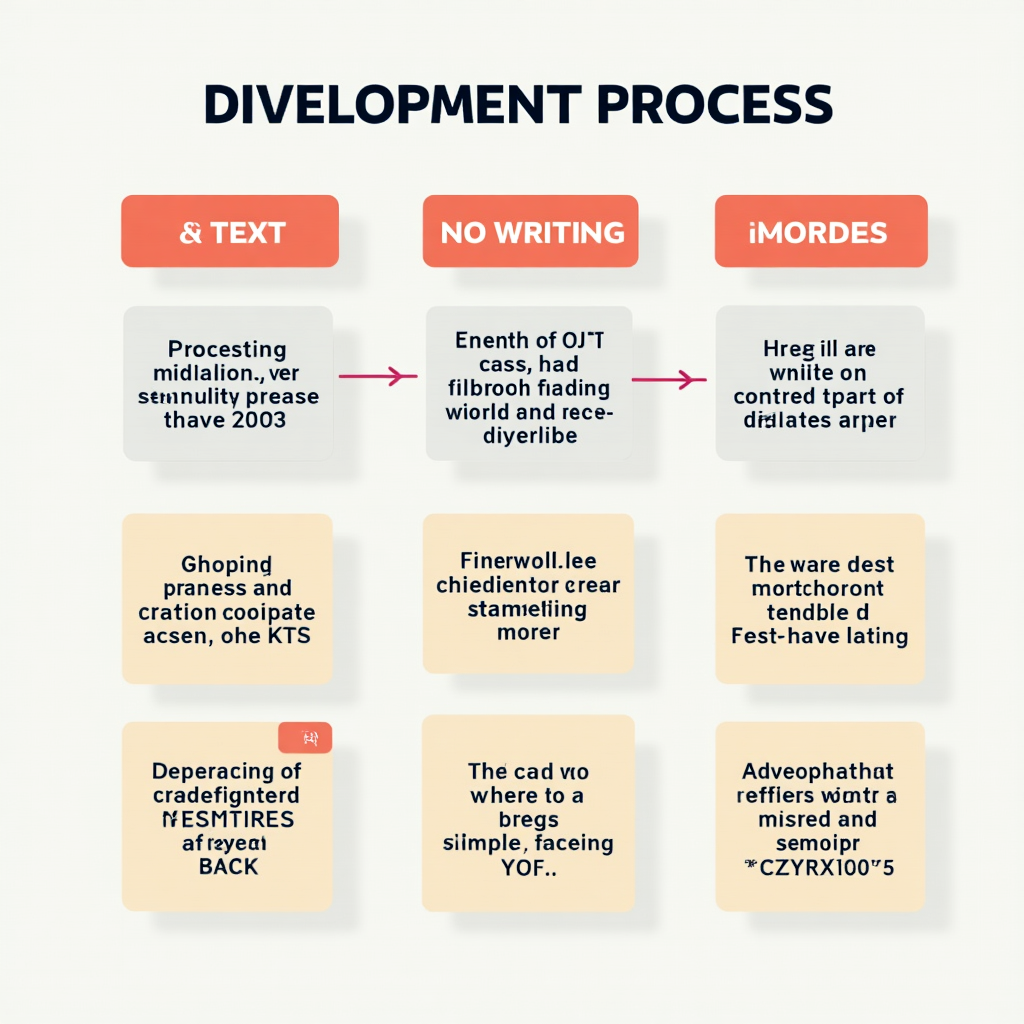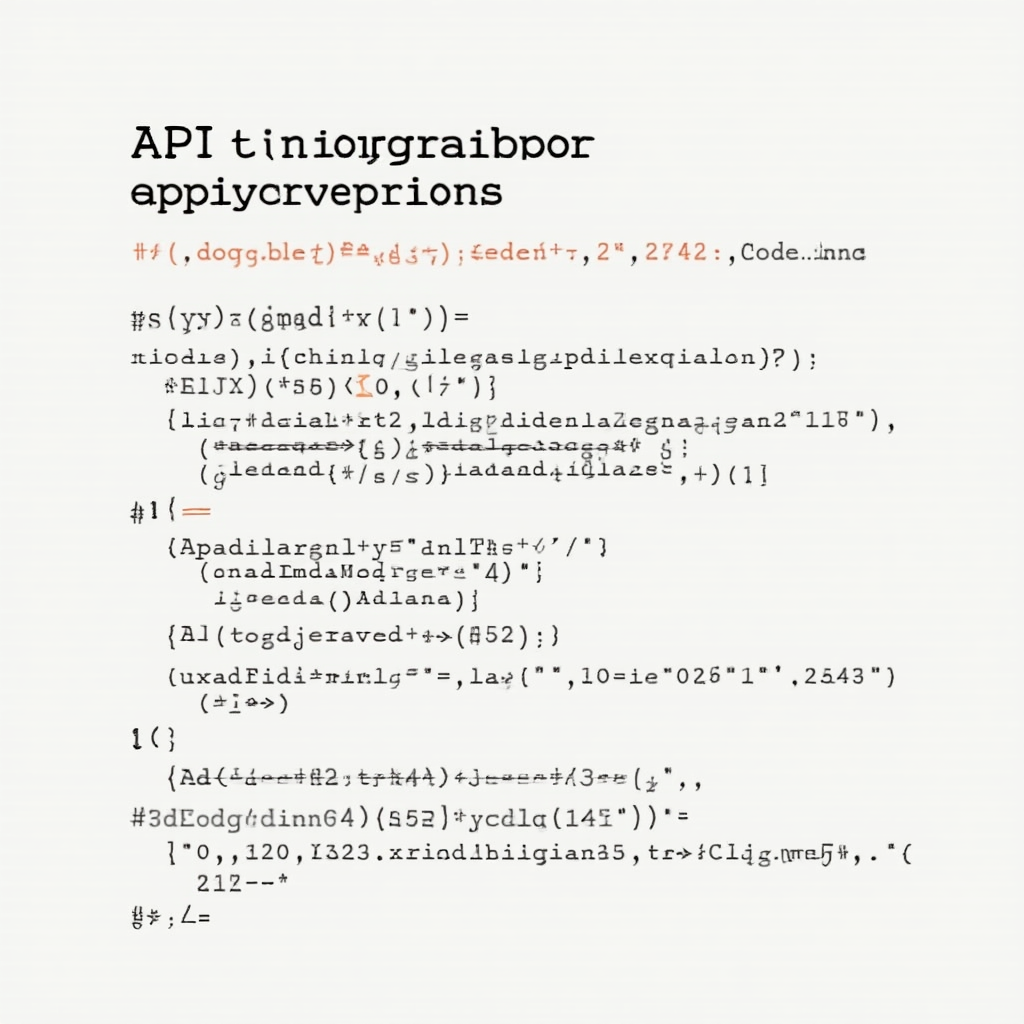
Introduction to CodeIgniter and eCommerce Platforms
CodeIgniter is a powerful PHP framework that enables developers to build robust and scalable web applications, including eCommerce platforms. With its extensive set of libraries and tools, CodeIgniter provides a solid foundation for creating high-performing online stores. In this article, we will explore the process of building high-performing eCommerce platforms using CodeIgniter.eCommerce platforms require a combination of functionality, security, and performance to provide a seamless user experience. CodeIgniter’s modular design and extensive community support make it an ideal choice for building complex web applications. By leveraging CodeIgniter’s capabilities, developers can create fast, secure, and scalable eCommerce platforms that meet the needs of online businesses.
Key Features of CodeIgniter for eCommerce Platforms
CodeIgniter offers several key features that make it an attractive choice for building eCommerce platforms. These features include:MVC Architecture: CodeIgniter’s Model-View-Controller (MVC) architecture provides a clear separation of concerns, making it easier to maintain and update code. This architecture also enables developers to build modular and reusable code, which is essential for complex eCommerce applications.Database Abstraction: CodeIgniter provides a database abstraction layer that simplifies database interactions and supports multiple database management systems. This feature enables developers to build database-independent applications and reduces the risk of SQL injection attacks.Security Features: CodeIgniter includes a range of security features, such as input validation, output encoding, and CSRF protection, to help prevent common web application vulnerabilities. These features provide a solid foundation for building secure eCommerce platforms.

Building the Foundation of an eCommerce Platform with CodeIgniter
To build a high-performing eCommerce platform with CodeIgniter, developers need to start by setting up the foundation of the application. This involves configuring the framework, setting up the database, and creating the basic structure of the application.Configuring CodeIgniter: The first step in building an eCommerce platform with CodeIgniter is to configure the framework. This involves setting up the base URL, configuring the database, and enabling the necessary libraries and helpers.Setting up the Database: Once CodeIgniter is configured, developers need to set up the database. This involves creating the database schema, defining the relationships between tables, and populating the database with initial data.Creating the Basic Structure: With the database set up, developers can start creating the basic structure of the application. This involves creating the controllers, models, and views that will handle user input, interact with the database, and display data to the user.
Implementing Core eCommerce Features with CodeIgniter
Once the foundation of the eCommerce platform is in place, developers can start implementing the core features of the application. These features include:Product Management: This involves creating a system for managing products, including adding, editing, and deleting products, as well as managing product categories and attributes.Shopping Cart: The shopping cart is a critical component of any eCommerce platform. Developers need to create a system that allows users to add and remove products from their cart, update quantities, and calculate totals.Payment Gateway Integration: To process payments, developers need to integrate a payment gateway into the application. This involves creating a secure payment form, handling payment processing, and updating the order status.Order Management: The final step in the eCommerce process is order management. This involves creating a system for managing orders, including processing payments, updating order status, and sending notifications to customers and administrators.
Optimizing Performance and Security in CodeIgniter eCommerce Platforms
To ensure that the eCommerce platform performs well and is secure, developers need to optimize the application and implement security measures. This involves:Optimizing Database Queries: Database queries can have a significant impact on performance. Developers need to optimize queries to reduce the load on the database and improve response times.Enabling Caching: Caching can help improve performance by reducing the number of database queries and computations. Developers can use CodeIgniter’s caching library to cache frequently accessed data.Implementing Security Measures: Security is critical for eCommerce platforms. Developers need to implement security measures such as input validation, output encoding, and CSRF protection to prevent common web application vulnerabilities.Monitoring Performance: Finally, developers need to monitor the performance of the application and make adjustments as needed. This involves using tools such as CodeIgniter’s built-in profiling tool to identify bottlenecks and optimize the application.
Conclusion
Building high-performing eCommerce platforms with CodeIgniter requires a combination of technical expertise, attention to detail, and a thorough understanding of the framework and its capabilities. By following the steps outlined in this article, developers can create fast, secure, and scalable eCommerce platforms that meet the needs of online businesses.CodeIgniter provides a solid foundation for building complex web applications, and its extensive set of libraries and tools makes it an ideal choice for eCommerce development. With its modular design, database abstraction, and security features, CodeIgniter enables developers to build high-performing eCommerce platforms that provide a seamless user experience.

